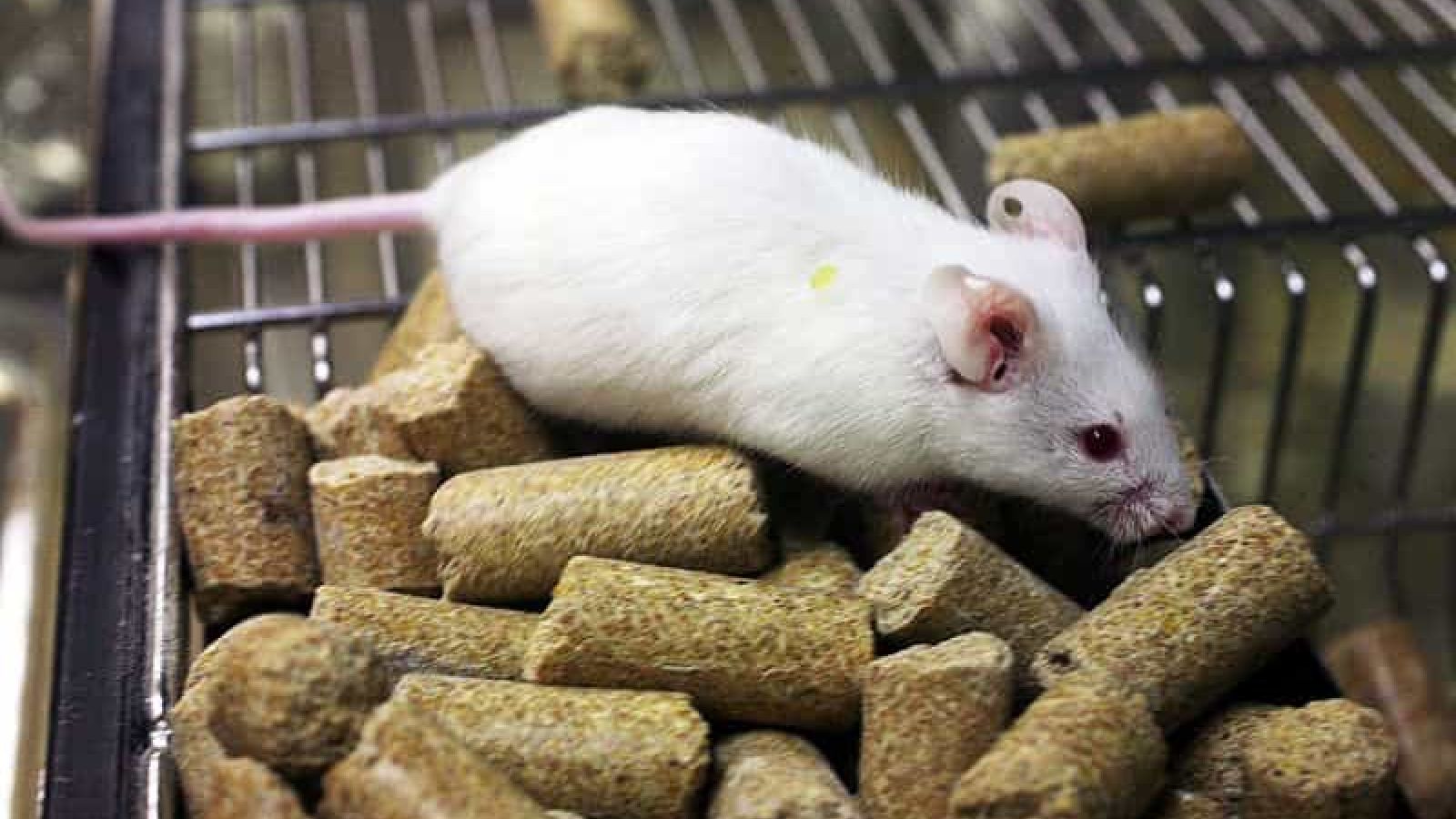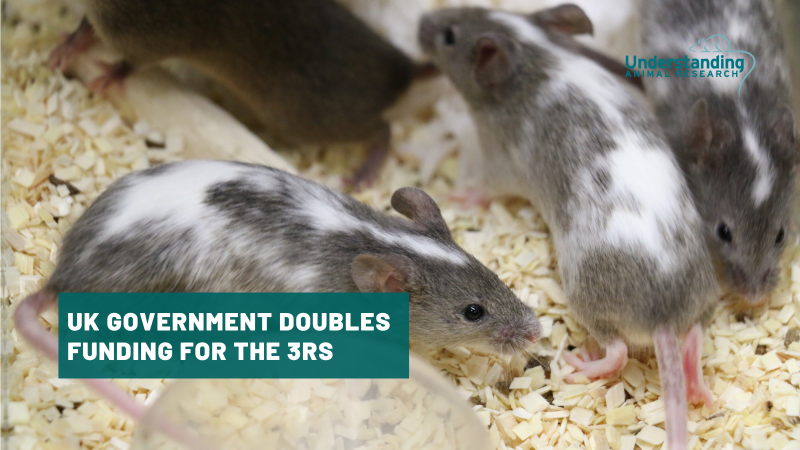Text to go here...
What are additional animal statistics?
Additional animals are those animals which were killed in the research setting without ever having undergone a regulated procedure. Examples of why this may happen include:
- Animals bred for tissue samples
- Animals that were bred for research, but could not be used. Reasons include:
- They were the wrong sex for the research
- They were involved in creating or maintaining genetically altered lines, but did not express the required genetic alteration (i.e. were born as wild types)
- The number was over and above the numbers needed for the research study (litter sizes can be unpredictable)
- Animals used to sustain inbred colonies (this includes breeding stock and neonatal losses)
- ‘Sentinel animals’ used for health screening of other animals in the laboratory
Unlike the Home Office Annual Returns, which count the number of procedures, the “additional” statistics count the number of animals. Both sets of figures can be broken down according to the species of animals, however, only the standard statistics can be broken down by severity.
Why are these numbers being reported?
Reporting requirements in the EU Directive 2010/63 require that every five years (the first report deals with 2017) each EU country must submit details of the animals that are killed in research facilities licensed under ASPA without being used in any regulated procedure.
Why are additional statistics not counted in the Home Office Annual Returns?
In line with EU Directive 2010/63, the Home Office Annual Returns count the number of procedures on animals. The “Animals (Scientific Procedures) Act, 1986” that regulates animal research in the UK refers to “a regulated procedure” as one that may cause a level of pain, suffering, distress or lasting harm equal to or above that of an injection2. Animals that make up the “Additional” statistics do not undergo any regulated procedure.
Why has this information not been provided before?
This is the first year the Government has requested these figures (in accordance with EU Directive 2010/63). Since the Directive only requires this data every five years, it is unclear whether such information will be requested in the future.
What is the experience of the animals which are killed without undergoing regulated procedures?
Animals would live within a laboratory environment from birth, subject to the Code of Practice3. This means they would have access to food, water, veterinary care and would in nearly all situations be socially housed. However, they would also experience the ordinary stressors associated with life in a laboratory (e.g. frequent handling and more limited space than in natural habitats). The animals would then be humanely killed using a Schedule 1 method4. Examples include an overdose of anaesthetic, exposure to rising levels of carbon dioxide, or (for smaller animals) instant death through dislocation of the neck.
If these animals undergo no procedure, are these animals’ lives wasted?
Many animals killed without undergoing a procedure still play a key part in the scientific process. For example, sentinel animals are used to monitor for potential diseases within a laboratory, thereby safeguarding the welfare of other animals in there. Some animals killed without a procedure are used for tissue studies, allowing researchers an alternative method of studying cells and organs in a controlled setting that might not be possible in a living animal, or sometimes replacing the need to use living animals.




